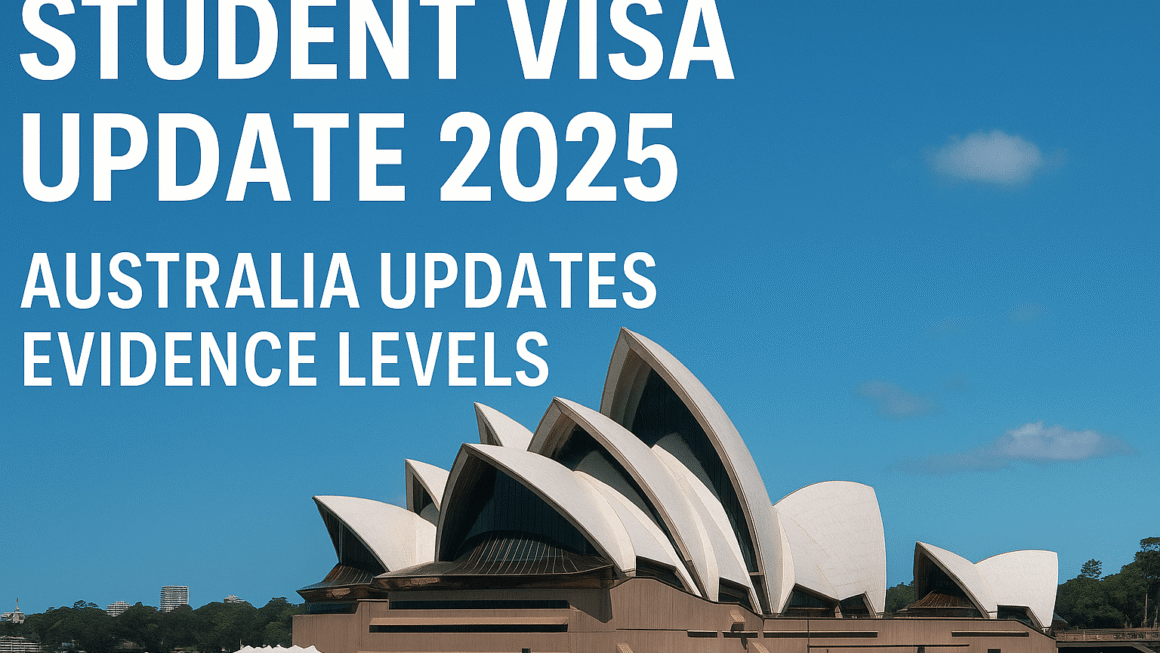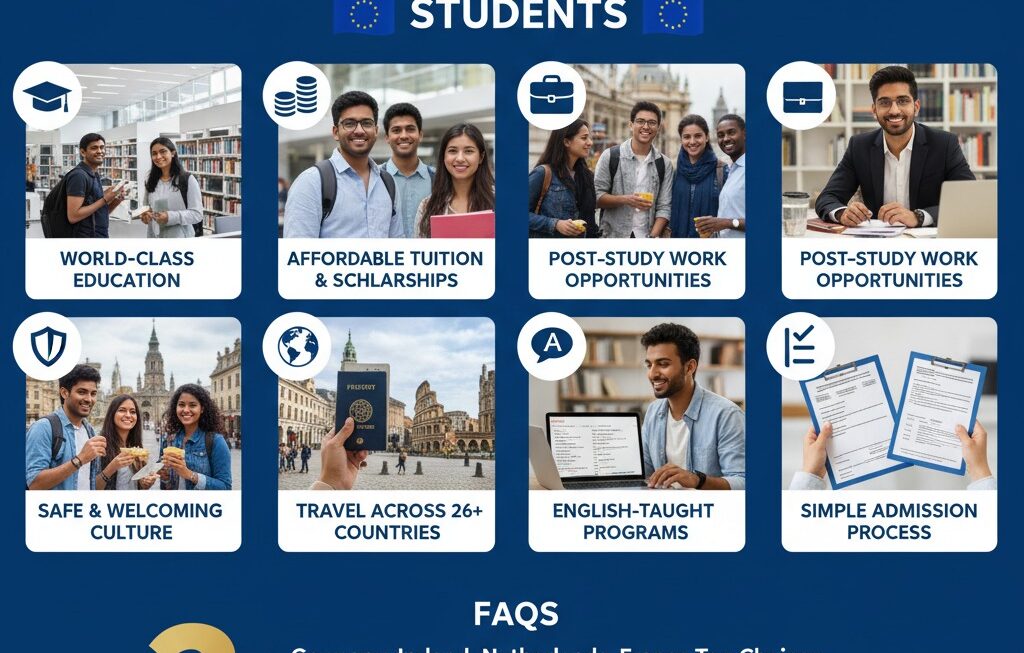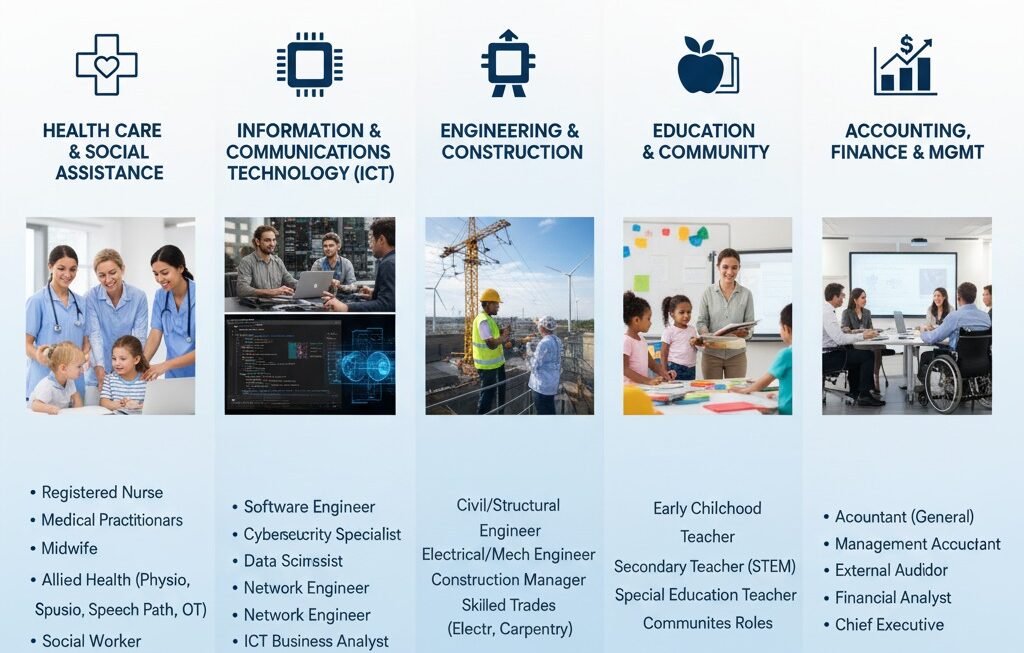The Australian Department of Home Affairs has recently updated evidence levels for student visa applications through the PRISMS system, utilizing these levels to determine required documentation under the Simplified Student Visa Framework (SSVF). These levels assess the risk associated with granting student visas, considering factors like immigration compliance history and institutional reputation.
Evidence Levels for Student Visa Applications:
- Level 1: Low-risk countries with minimal documentation requirements. Students from these countries might not need to provide extensive financial documentation.
- Level 2: Moderate-risk countries with additional evidence requirements depending on the provider.
- Level 3: High-risk countries with strict evidence requirements and greater scrutiny.
Country Evidence Levels:
Based on recent updates, countries are categorized as follows:
- Level 1: Bangladesh, Sri Lanka
- Level 2: India, Bhutan, Vietnam, China, Nepal
- Level 3: Fiji, Philippines, Pakistan
Implications for Students:
- Level 1 Countries: Students from Bangladesh and Sri Lanka can expect a streamlined visa application process with minimal documentation requirements, potentially leading to faster processing times.
- Level 2 Countries: Students from India and other Level 2 countries may need to provide additional documentation, such as proof of English proficiency or financial capacity, which could lead to slightly longer processing times.
- Benefits for Level 1 Countries:
- Reduced Documentation: Students from Level 1 countries may not need to provide extensive financial documentation, making the application process easier.
- Faster Processing Times: With fewer requirements, visa applications from Level 1 countries could be processed more quickly.
- Increased Opportunities: A lower assessment level could lead to increased opportunities for students from Level 1 countries to study in Australia.
Tips for Students:
- Prepare documentation: Gather all required documents, including proof of financial capacity, English proficiency, and academic qualifications.
- Check provider requirements: Verify the specific requirements for your chosen education provider.
- Apply early: Submit your application well in advance to account for processing times.
*Impact on Education Providers:
- Changes in Student Enrollment:* Education providers may see changes in student enrollment patterns, with more students from Level 1 countries.
- Marketing Strategies: Providers may need to adjust their marketing strategies to attract students from different countries.
- Support Services: Providers may need to provide additional support services for students from different countries.
Resources:
For more information on student visa requirements and the Simplified Student Visa Framework, visit the Australian Department of Home Affairs website.
By staying informed about these updates, students can better navigate the visa application process and increase their chances of a successful outcome. Education providers can also benefit from understanding the changes and adjusting their strategies accordingly.
Conclusion:
The recent updates to the evidence levels for student visa applications in Australia are significant, and students and education providers alike should be aware of the changes. By understanding the implications and benefits of the different levels, students can make informed decisions about their education plans, and providers can adjust their strategies to attract and support students from different countries.




